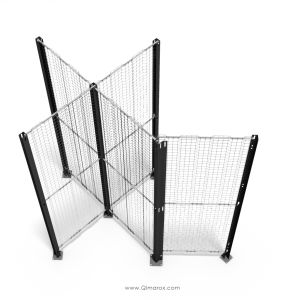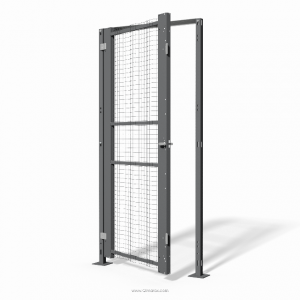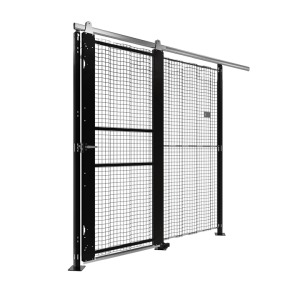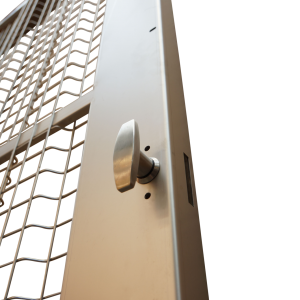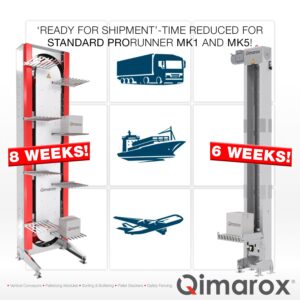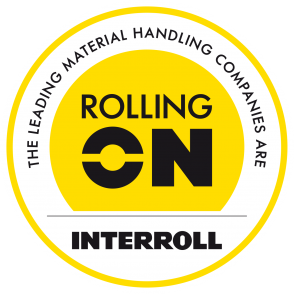Industrial safety fencing
Industrial safety fencing is a type of fencing used in industrial settings to protect workers and equipment from potential hazards. This fencing is typically made of sturdy materials such as steel or aluminum, and is designed to withstand the rigors of industrial environments. It is often used to enclose machinery or hazardous areas, or to create barriers around areas where workers may be at risk of injury. Safety fencing can help prevent accidents and injuries, and can play an important role in ensuring the overall safety of industrial workplaces.
Benefits
There are several benefits to using industrial safety fencing in an industrial setting. Some of the main benefits include:
- Protecting workers and equipment from potential hazards: Industrial safety fencing can help prevent accidents and injuries by creating barriers around hazardous areas or machinery. This can protect workers from being injured by moving parts or falling objects, and can also help prevent damage to equipment.
- Improving overall safety: Industrial safety fencing can help create a safer work environment by clearly marking off areas that are off-limits or potentially dangerous. This can help prevent workers from entering hazardous areas accidentally, and can also help supervisors easily identify potential safety risks.
- Meeting regulatory requirements: Many industries are subject to strict safety regulations, and safety fencing can help companies meet these requirements. By installing appropriate fencing, companies can demonstrate that they are taking steps to protect their workers and equipment, and can avoid potential fines or penalties for non-compliance.
- Enhancing productivity: A safe work environment can help improve productivity by reducing the number of accidents and injuries, which can result in lost time and productivity. By using safety fencing, companies can help ensure that their workers are safe and can focus on their tasks without worrying about potential hazards.
- Providing a visual deterrent: In some cases, safety fencing can serve as a visual deterrent to potential safety risks. For example, a fence around a hazardous area can remind workers to be careful and stay away from the area, which can help prevent accidents and injuries.
Overall, safety fencing can help create a safer work environment and improve the overall safety of industrial workplaces. It can protect workers and equipment from potential hazards, and can also help companies meet regulatory requirements and enhance productivity.
Securyfence is such safety fencing. Securyfence is a flexible fencing system, designed to be easy to erect and adjust, for use in guarding and fencing off machinery and zones.

